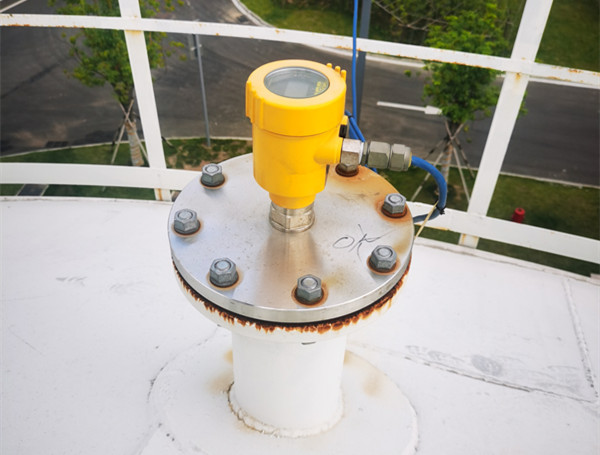With the development of industrial production technology, lubricating oil plays a vital role in mechanical equipment and bearings. As a non-contact measurement method, the radar level meter is gradually becoming a popular instrument in the field of lubricant measurement because of its good corrosion resistance, fast response time, and high accuracy. This article will introduce the characteristics of lubricating oil, and the difficulties of radar level meter measurement, and analyze them with actual cases.

The main characteristic of lubricant is to provide effective protection to frictional subsets in terms of friction reduction, cooling, and cleaning under high temperature, high pressure, and high-speed operation environment, so as to achieve normal operation of equipment.
In addition, the lubricant should also have the characteristics of oxidation resistance, wear resistance, stable viscosity, and good oil separation ability. The nature of the lubricant itself and its unique properties during operation make the measurement of parameters such as flow, temperature, pressure, and level of the lubricant very challenging.

Due to the special nature of lubricating oil, it is of great importance to carry out accurate monitoring of parameters such as the flow rate of lubricating oil and the level of lubricating oil. In practical needs, a radar level meter can be used for lube oil level measurement, which has the characteristics of strong reflection ability and good adaptability to different viscosity and oil quality.
The radar level meter can measure the level height directly and transmit the information back to the controller or data collector by means of reflection or echo. In lubricating oil measurement, radar level meters of different specifications and models can be used to adapt to different measurement environments, such as high temperature, high pressure, and high viscosity. In lube oil measurement, there are still some challenges and difficulties.
As follows: the high viscosity of lubricating oil may affect the sensitivity and accuracy of the equipment; the radar level meter may leave a small amount of oil on the probe when replacing the liquid, which may affect the reflection wave peak and signal strength of the probe; the presence of oxidation, particulate matter and moisture in the lubricating oil may have a negative impact on the accuracy and sensitivity of the probe.

In the lubricating oil measurement of a power company, due to the lack of sensitivity of the originally used level meter, resulting in frequent false codes when measuring, after replacing the Luoyang radar level meter and debugging, the accuracy and precision of the equipment has been greatly improved.
In summary, the radar level meter has good anti-corrosion performance, fast response speed, and high accuracy, and is one of the ideal means to measure the level of lubricating oil.
However, the special nature of lubricating oil also brings the challenge of level measurement, which requires us to consider the physical properties of lubricating oil and the performance of the probe, and carefully adopt the appropriate scheme to ensure the accuracy of level measurement.
Only by maintaining and managing the monitoring of lube oil levels in practical applications can we better ensure the normal operation of our equipment and the improvement of efficiency.
